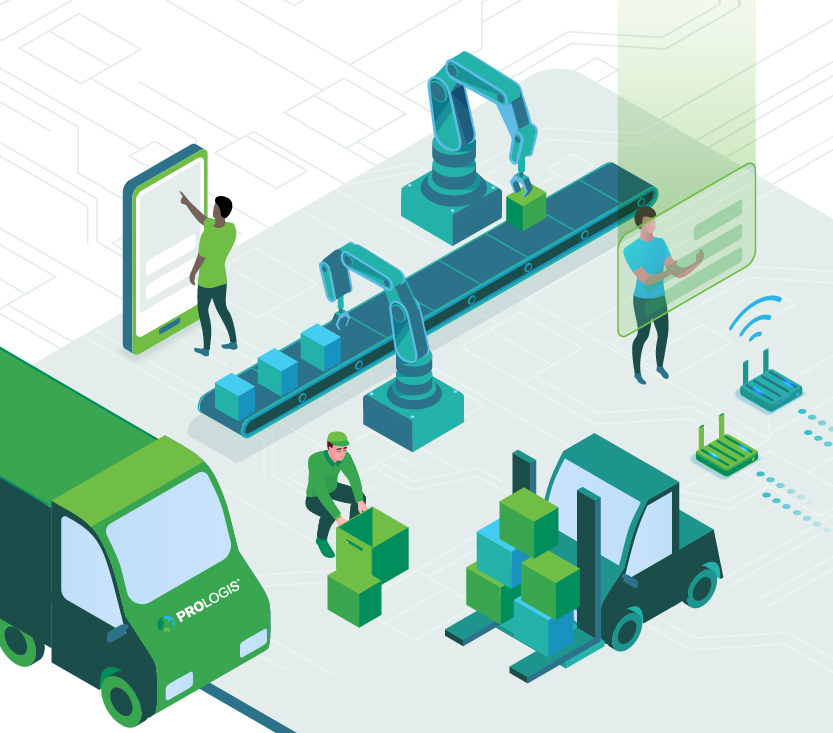
Fulfillment is the backbone of the supply chain and is evolving at an unprecedented pace. This evolution is being driven by changing customer demands, technological advancements, and global economic shifts. As businesses strive to stay ahead in this dynamic landscape, it's crucial to identify and adapt to maintain a competitive edge and improve efficiency while preparing for future growth. Herein, we explore three key trends and associated strategies that fulfillment businesses can implement to navigate what’s next and keep moving at the speed of business.




